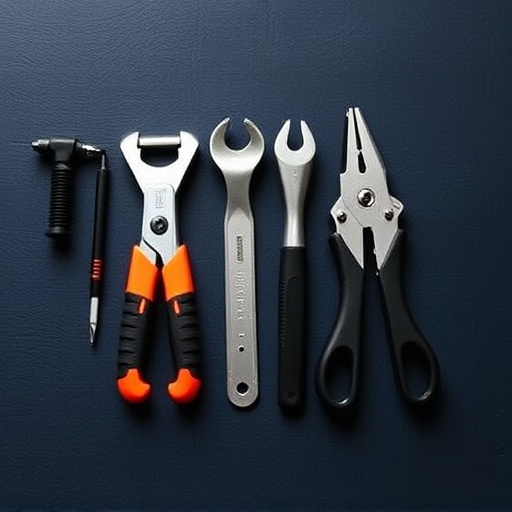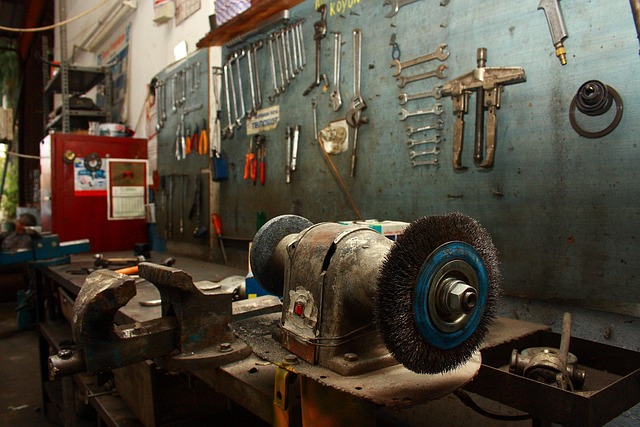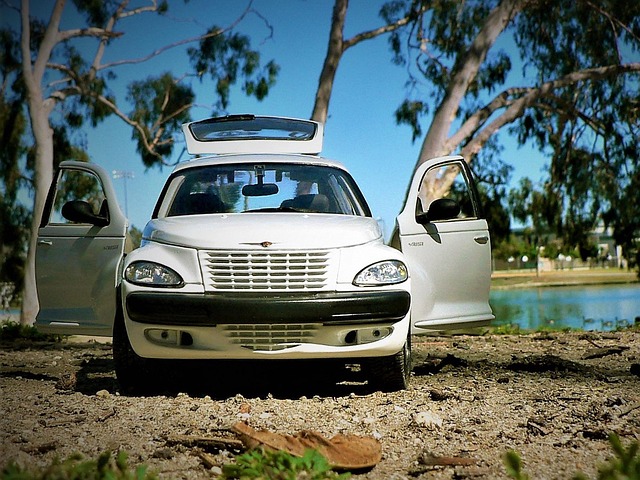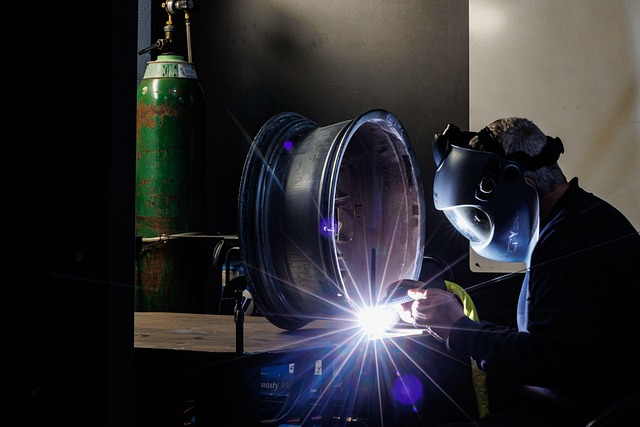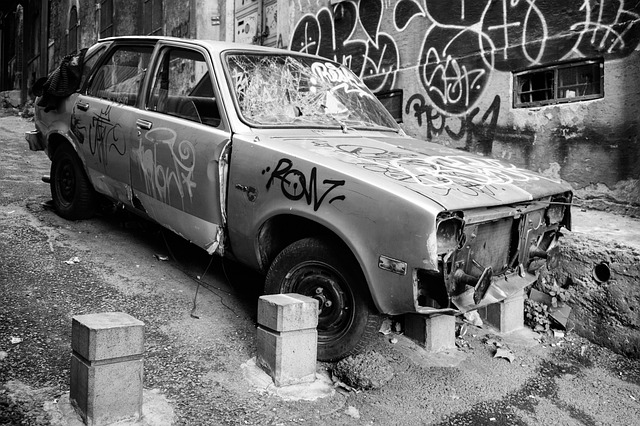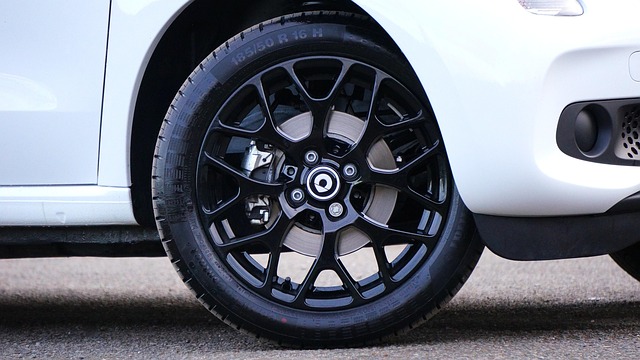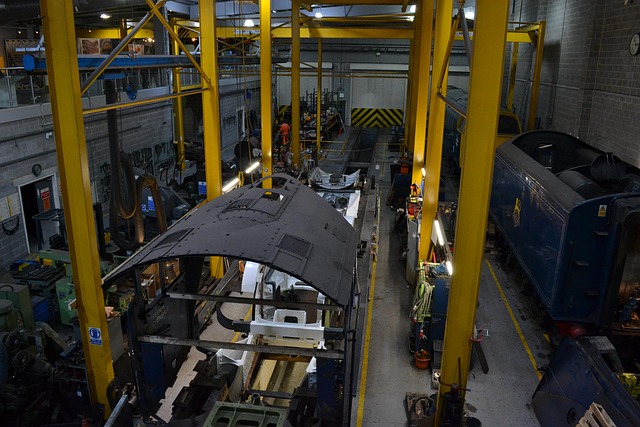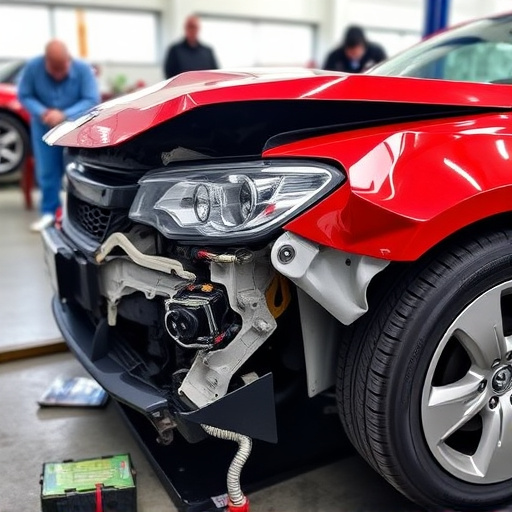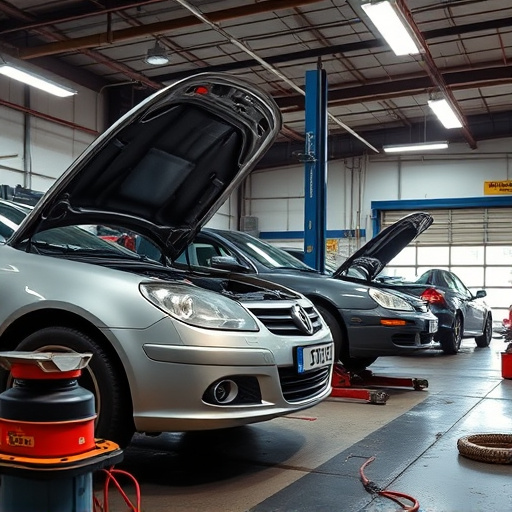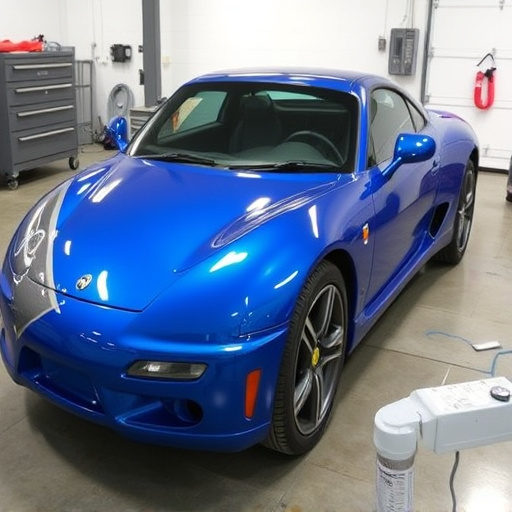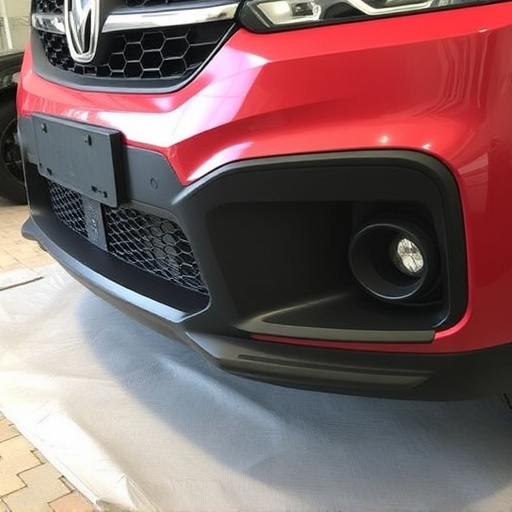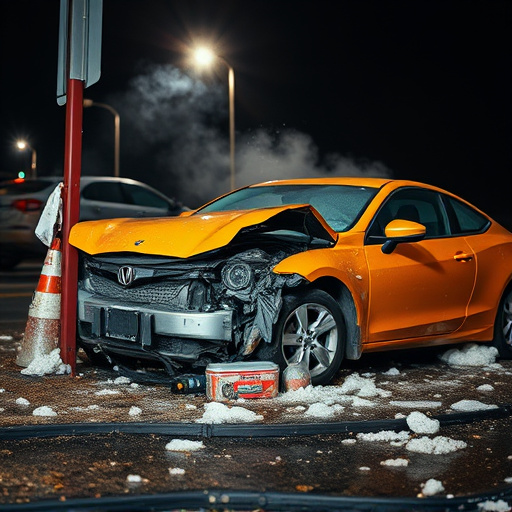PDR quality standards provide auto body repair professionals with a comprehensive guide to achieve superior finishes on various vehicle repairs, from Mercedes Benz collision damages to hail damage fixes. Through strict adherence to detailed protocols, including meticulous surface preparation and precise material selection, technicians ensure restored cars are in like-new conditions, boosting customer confidence and satisfaction. Implementing robust quality control measures and continuous training refine bumper repair techniques, aligning with PDR guidelines.
Unleash the full potential of your PDR process with advanced tips and techniques. This article serves as a comprehensive guide, taking you beyond the basics of PDR standards. We’ll explore effective strategies for implementing quality control measures, ensuring accurate assessments every time. From understanding intricate PDR standards to mastering advanced techniques, this resource equips professionals with the knowledge needed to achieve exceptional results in their work.
- Understanding PDR Standards: A Comprehensive Guide
- Implementing Quality Control Measures Effectively
- Advanced Techniques for Accurate PDR Assessment
Understanding PDR Standards: A Comprehensive Guide
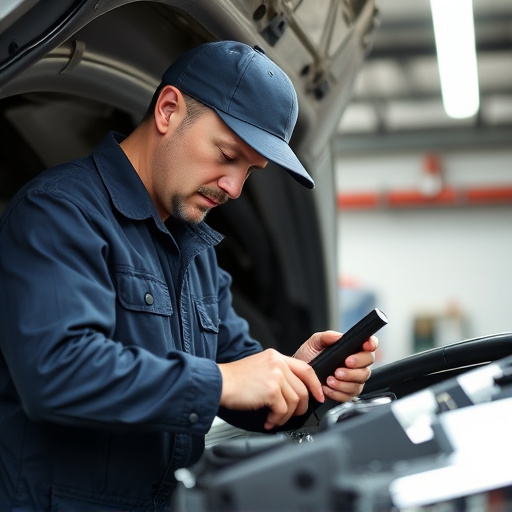
Understanding PDR Standards: A Comprehensive Guide
PDR quality standards are a set of guidelines designed to ensure top-notch finishes in car bodywork services, be it for Mercedes Benz collision repair or general hail damage repair. These standards provide a blueprint for professionals, outlining the best practices and techniques to achieve impeccable results. By adhering to these standards, auto body shops can maintain consistency and quality across all their repairs, instilling confidence in their customers.
The PDR Standards encompass various aspects, from surface preparation to finishing touches, ensuring every detail is accounted for. This includes precise measurements, proper material selection, and adherence to manufacturer specifications. By understanding and implementing these standards, technicians can transform damaged vehicles into like-new conditions, satisfying even the most discerning car enthusiasts.
Implementing Quality Control Measures Effectively
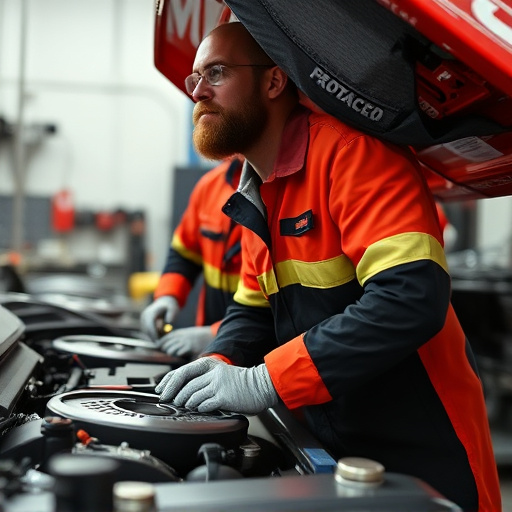
Implementing effective quality control measures is a cornerstone when utilizing PDR (Paintless Dent Repair) quality standards. It involves meticulous training and adherence to set protocols for every dent removal process. Skilled technicians understand that consistency is key; each step, from assessment to final finish, must meet the high standards set by PDR quality guidelines. This ensures that car repair services remain flawless, maintaining the vehicle’s original appearance.
Regular inspections and practical demonstrations are vital tools in mastering bumper repair techniques while adhering to these standards. By consistently evaluating work against PDR quality standards, technicians can identify areas for improvement and refine their dent removal skills. This proactive approach not only enhances the overall quality of car repair services but also guarantees customer satisfaction, ensuring that every vehicle leaves the shop looking as good as new.
Advanced Techniques for Accurate PDR Assessment
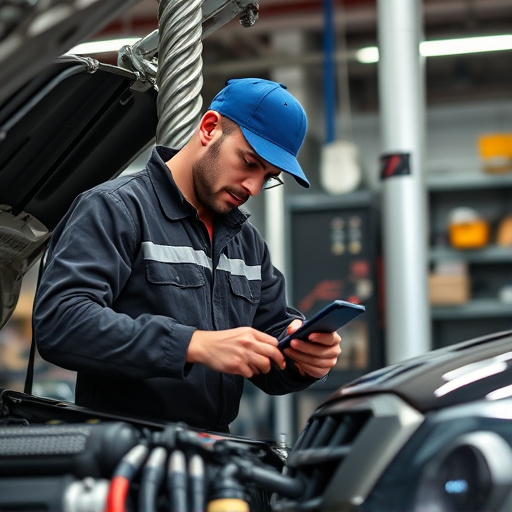
In the realm of vehicle collision repair, mastering the art of PDR (Paintless Dent Repair) assessment is a game-changer for any auto repair shop aiming to offer top-notch vehicle repair services. Advanced techniques go beyond the basic PDR quality standards to ensure precision and excellence in every repair. One such technique involves utilizing specialized tools with enhanced precision, allowing technicians to reach tight spots and make intricate adjustments with ease. By combining these tools with thorough training, auto repair shops can achieve flawless results, making dents virtually indistinguishable from the surrounding paintwork.
Another key aspect is adopting a systematic approach to PDR assessment. This includes meticulous pre-inspection of the damaged area, considering factors like dent size, depth, and shape. Technicians should then employ advanced measuring tools to pinpoint exact dimensions, ensuring compliance with PDR quality standards. This meticulous process not only guarantees customer satisfaction but also fosters a culture of excellence within the auto repair shop, setting it apart in an increasingly competitive market for vehicle repair services.
Mastering PDR quality standards is a game-changer for any industry seeking precision and consistency. By understanding these standards, implementing robust quality control measures, and employing advanced assessment techniques, professionals can ensure accurate and reliable results. These strategies empower teams to deliver exceptional work, fostering trust and satisfaction among clients. Incorporate these advanced tips into your workflow to leverage PDR quality standards effectively and elevate your industry standards.
